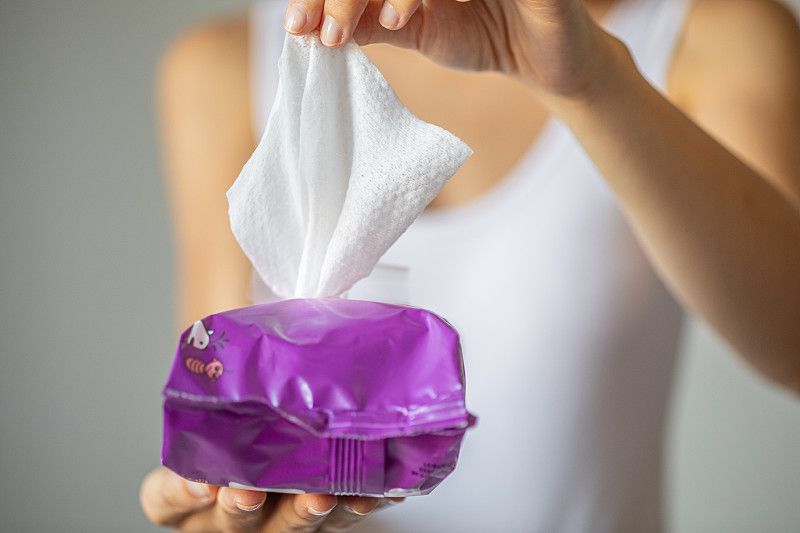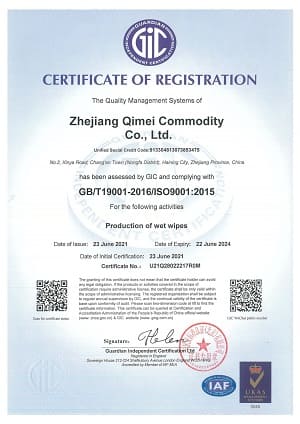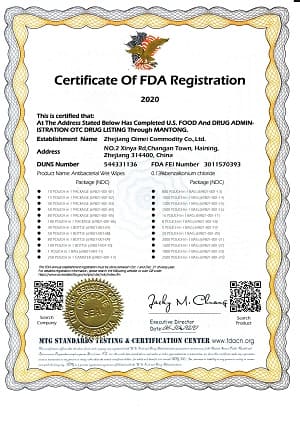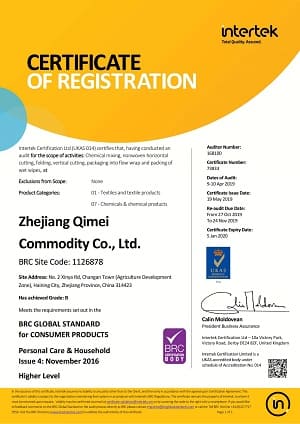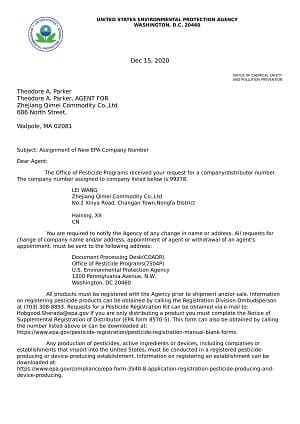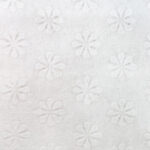Spunlace onwoven Fabric Type: Polyester,Poly -Viscose Blend material, Bamboo Fiber, Wood Pulp(Flushable), Cotton or Soy Fiber(Biodegradable)
Flat or Textured( Your Own LOGO is available)
Grammage: 30-80gsm
1/10/30/80/100/120/160 pcs/pack
The size of unscented wipes can vary depending on the manufacturer and the intended use of the wipes. Unscented wipes can range from small, single-use wipes that are designed for cleaning small areas like the face or hands, to larger, multi-use wipes that are designed for cleaning larger surfaces like countertops or floors.
Single-use unscented wipes are typically smaller in size, ranging from a few square inches to a few square feet, while larger, multi-use wipes can be several feet in length and width.
The size of unscented wipes may also be influenced by the packaging. Single-use wipes are often packaged in small, individual packets that can be easily carried in a purse or pocket, while larger, multi-use wipes are often packaged in canisters or resealable pouches for easy storage and use.
1. Plastic resealable bag: This is the most common type of wet wipe packaging. It is made of plastic and has a resealable strip on top to keep the wipes fresh and moist.
2. Flip-top lid container: This type of packaging consists of a plastic container with a flip-top lid that can be opened and closed to access the wipes.
3. Soft pack with plastic flip-top lid: Similar to the flip-top lid container, this packaging comes in a soft pack and has a plastic flip-top lid for easy access.
4. Pop-up dispenser: This type of packaging features a pop-up dispensing mechanism that pulls out one wipe at a time.
5. Travel pack: A small packaging designed for on-the-go use, it often comes with a plastic snap closure.
6. Single-use packaging: These wet wipes come in small, sealed packets which are convenient for travel or outdoor activities.
7. Refill bag: This larger size packaging is designed to refill other wet wipe containers, and usually has a resealable opening.
The formulation of unscented wipes can vary depending on the intended use of the wipes and the manufacturer. However, in general, unscented wipes are formulated without added fragrances or scents, and are often designed to be gentle and non-irritating to the skin.
Unscented wipes can be made from a variety of materials, including paper, cloth, or synthetic fibers. The type of material used can impact the texture and effectiveness of the wipe.
For personal hygiene and baby wipes, the formulation may include mild cleaning agents, such as water and gentle surfactants, to help remove dirt and impurities from the skin. Some unscented wipes may also contain moisturizing agents, such as aloe vera or glycerin, to help hydrate and soothe the skin.
For household cleaning wipes, the formulation may include cleaning agents, such as surfactants and solvents, to help remove dirt and stains from surfaces. Some unscented cleaning wipes may also contain disinfectants or sanitizing agents to help kill bacteria and viruses.
Good Manufacturing Practice (GMP): GMP is a set of guidelines that ensure that products are manufactured consistently and meet quality standards. Compliance with GMP is often required by regulatory agencies in many countries.
Environmental Protection Agency (EPA) regulations: In the United States, unscented wipes that are marketed as disinfectants are subject to EPA regulations. These regulations require manufacturers to register their products with the EPA and ensure that they meet specific efficacy and safety standards.
European Union regulations: In the European Union, unscented wipes are subject to various regulations, including the Registration, Evaluation, Authorisation, and Restriction of Chemicals (REACH) regulation and the Biocidal Products Regulation (BPR). These regulations require manufacturers to register their products and demonstrate their safety and efficacy.
International Organization for Standardization (ISO) certifications: ISO certifications, such as ISO 9001 and ISO 13485, are internationally recognized standards that demonstrate a manufacturer's commitment to quality management and product safety.
Safety Data Sheets (SDS): Manufacturers are required to provide Safety Data Sheets for their products. These documents contain information on the ingredients, potential hazards, and safe handling procedures for the product.
